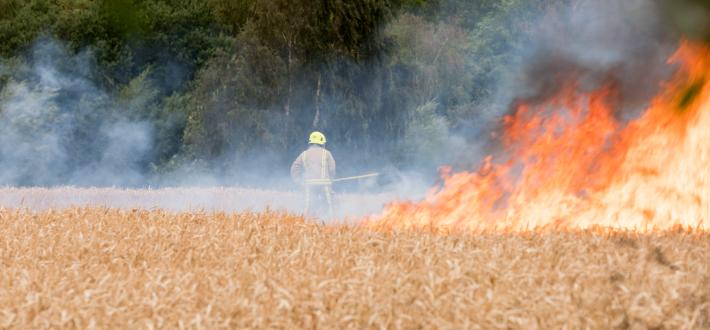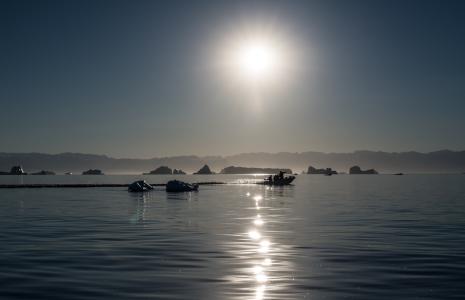Floods and their impacts
Flooding can be a natural process and can actually benefit both people and wildlife. But record-breaking floods, caused by increased storms and rainfall due to climate change, and poor land management, pose new challenges across the world - serving as yet another warning that our planet is in danger.
However, if we all play our part, together we can secure a safer future by taking actions on climate change, stopping the destruction of nature, and bringing our world back to life.
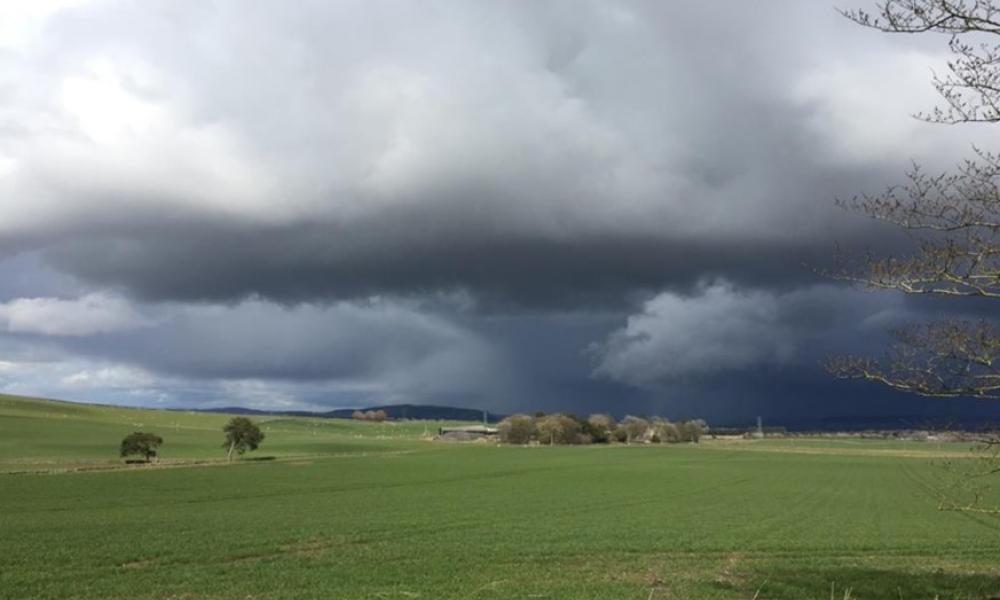
We’re seeing intensifying floods
We’re seeing intensifying floods
While natural factors play a significant role in flooding, human-induced climate change is increasingly impacting the frequency and intensity of extreme weather events.
The UK is witnessing more frequent and stronger storms and floods. In 2023, there were an average of 17 flood warnings per day in England alone. [1] The rest of the world has also felt the intensifying devastation brought by storms and floods, with flooding being the most frequent type of natural disaster. [2] 1.81 billion people, almost one-fourth of the world’s population, is now facing significant flood risks, and this figure is expected to soar under intensifying climate change. [3]
The different types of floods
There are several types of floods, each caused by different reasons. For instance:
-
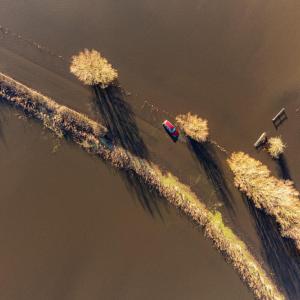 © PA Images / Alamy Stock Photo
© PA Images / Alamy Stock PhotoMore Close River floods
These occur when river levels rise to the point where the river overflows its banks. In the UK, they are usually caused by seasonal storms, and occasionally by melting snow and ice.
-
 © WWF
© WWFMore Close Coastal floods
These occur when tropical storms, cyclones or hurricanes result in sea water overflowing onto land in coastal regions.
-
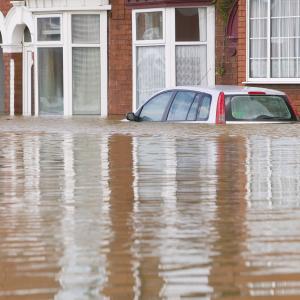 © Global Warming Images / WWF
© Global Warming Images / WWFMore Close Flash floods
These occur when there is sudden and heavy rain over a short period. This results in a rapid rise of water levels. Flash floods are often localised and can be dangerous as they give little time for people to prepare and evacuate. They can affect heavily urbanised areas with inadequate drainage systems, and in mountainous landscapes in which water moves very quickly, overwhelming downstream farms, villages and towns.
/
-
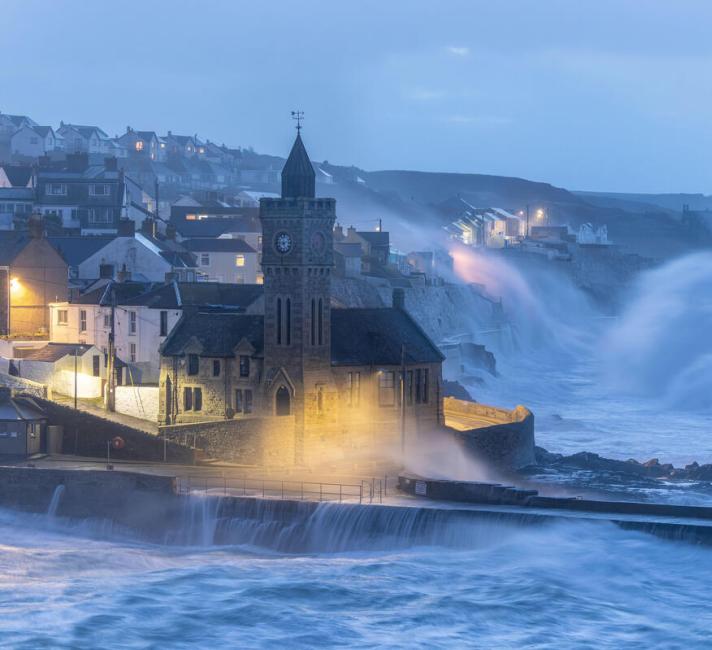 © PA Images / Alamy Stock Photo
© PA Images / Alamy Stock Photo -
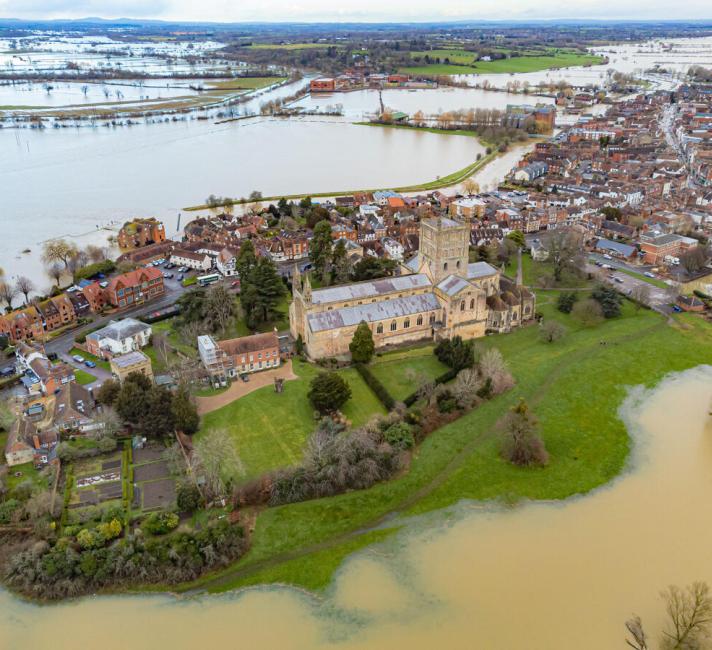 © PA Images / Alamy Stock Photo
© PA Images / Alamy Stock Photo
Why is flooding becoming more of a problem?
-
Climate change
As our climate heats up, warmer air can hold more water vapour, leading to more intense bursts of rainfall. For similar reasons, tropical storms, cyclones and hurricanes are becoming stronger and sea levels are rising leading to more destructive coastal storm surges. Such weather patterns are becoming less predictable making it harder to plan for flood events.
-
Land use and water management
The way in which land and water is managed is also exacerbating flood risk. For instance, sometimes homes and businesses are built on floodplains (low lying areas next to rivers) exposing people and businesses to greater chance of flooding. Deforestation, wetland drainage, soil compaction from heavy farm machinery and other changes in the countryside have decreased the capacity of land to absorb rainfall and have accelerated the rate at which water runs off into rivers. Also, the straightening of many rivers, meaning that water speeds from upstream river reaches, has increased the flood risks to people living further downstream.
Flooding and wildlife
Many freshwater habitats and species have evolved to benefit from flooding. For instance, some fish species rely on natural floods to allow them access to reproductive sites or food sources on low lying floodplains. In the Amazon, approximately one seventh of the forest is situated on the floodplain and the trees here have natural features that enable them to withstand, and even thrive, in waterlogged conditions. Here in the UK, fish such as salmon and sea trout time their journeys upriver to spawn to coincide with flood flows.
But increased flooding can also have significant negative impacts on both wildlife and humans, often causing disruption and damage to ecosystems, communities, and infrastructure. Here are some of the key impacts on both groups:
-
 © Charlotte Sams / WWF-UK
© Charlotte Sams / WWF-UKHabitat Destruction
Flooding can erode soil and damage vegetation, vastly altering the natural landscape permanently. Coastal and aquatic habitats can also be damaged by the increased sediments from flooding.
-
 © Neil Aldridge
© Neil AldridgeDisplacement
Wildlife can be forced out of their habitats, which is particularly detrimental if the flood happens during the breeding season. Meanwhile, raised water levels also displace coastal and aquatic species, facilitating the spread of invasive species. For example, it is widely believed that Asian carp, an invasive species in the USA, bypassed electric barriers designed to contain them during the 2011 Mississippi River flood and spread further, disrupting local ecosystems.
-
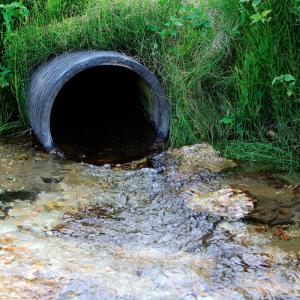 © Jiri Rezac / WWF-UK
© Jiri Rezac / WWF-UKWater Pollution
Floodwaters can carry and spread contaminants, such as chemicals, sewage, and debris, polluting water sources and soil.
-
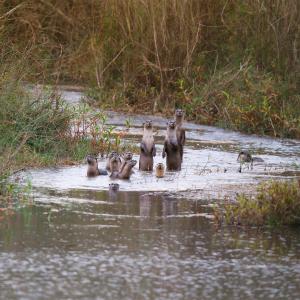 © WWF Nepal
© WWF NepalGenetic Isolation
Flooding can fragment habitats and create barriers between populations of plants and animals. This could potentially lead to genetic isolation and reduced biodiversity over time.
/
Flooding impact on humans
It is estimated that almost one-quarter of the worlds population face significant flood risk [3] , and there will be more and more people at risk of flooding as climate change intensifies, damaging our society in many ways, such as:
-
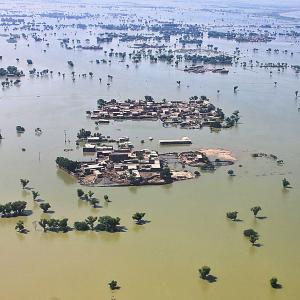 © HUSNAIN ALI/AFP via Getty Images
© HUSNAIN ALI/AFP via Getty ImagesPoverty and Economic Impacts
Floods can result in huge economic disruptions. While they affect both low- and high-income countries, people living in poverty – those that are the least responsible for climate change - are the most affected because they have neither the resources nor infrastructure to respond to the destruction brought by flooding. Poor communities are also more vulnerable because they are often located in flood-prone areas. For example, the World Bank estimates that the 2022 floods in Pakistan, which have affected 33 million and killed more than 1,700 people, have directly resulted in a 2.2% GDP loss and potentially pushed around 9 million more people below the poverty line. [4]
-
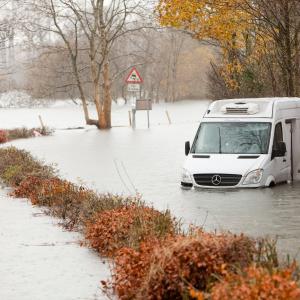 © Ashley Cooper
© Ashley CooperLoss of Life and Injury
Flooding can cause injuries and fatalities due to drownings and collapsed structures, and it can claim a significant number of lives in lower-income countries. For example, the floods in South Asia claimed close to 2,000 lives in 2022. [5]
-
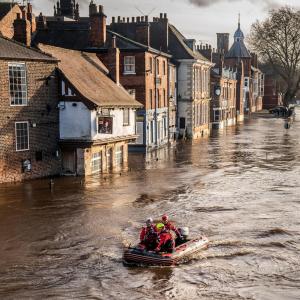 © PA Images / Alamy Stock Photo
© PA Images / Alamy Stock PhotoProperty and Infrastructure Damage
Floodwaters can destroy homes and essential infrastructures, such as roads, bridges, hospitals and power systems, sometimes leading to power losses and transport blockages, and often significant financial losses.
-
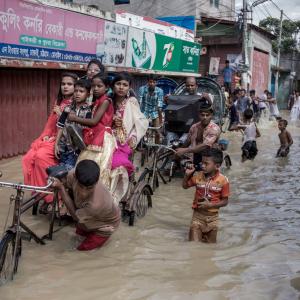 © Jashim Salam / WWF-UK
© Jashim Salam / WWF-UKDisplacement
Displacement caused by flooding, either temporarily or permanently, often leads to overcrowding and potentially exacerbate existing social inequalities and unrest. [6]
-
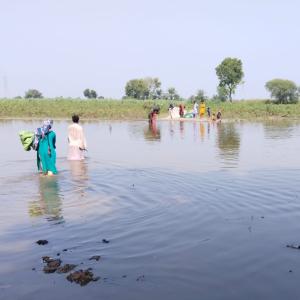 © Toheed Ghani Mahesar / WWF Pakistan
© Toheed Ghani Mahesar / WWF PakistanSpread of Disease
Standing water left by floods creates breeding grounds for disease-carrying insects like mosquitoes, which for example, has led to malaria outbreak in Mozambique following Cyclone Idai in 2019. Contaminated water can also lead to waterborne illnesses, as illustrated by an increase in leptospirosis cases after the 2018 Kerala floods in India.
-
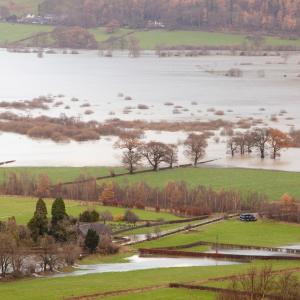 © Global Warming Images WWF
© Global Warming Images WWFMental Health Impacts
Experiencing severe flooding can lead to mental health issues such as anxiety, depression, and post-traumatic stress disorder (PTSD). [7]
/
-
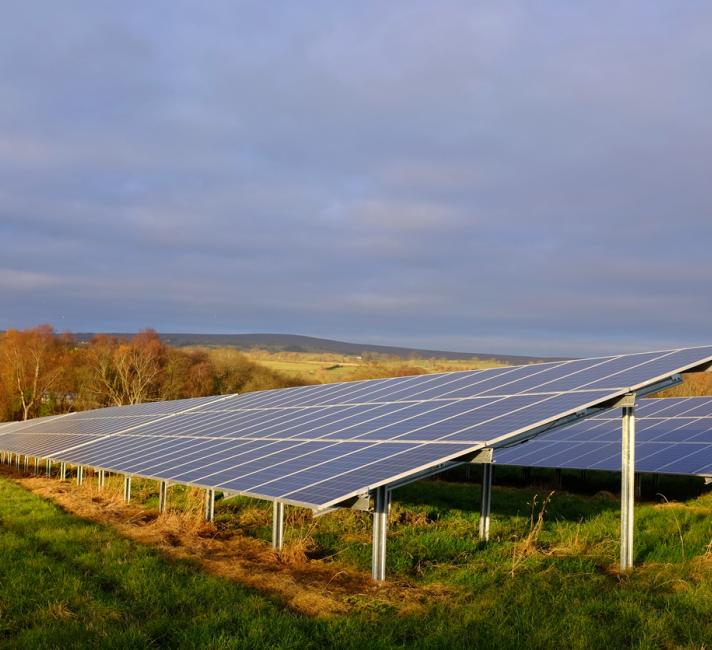 © istock
© istock -
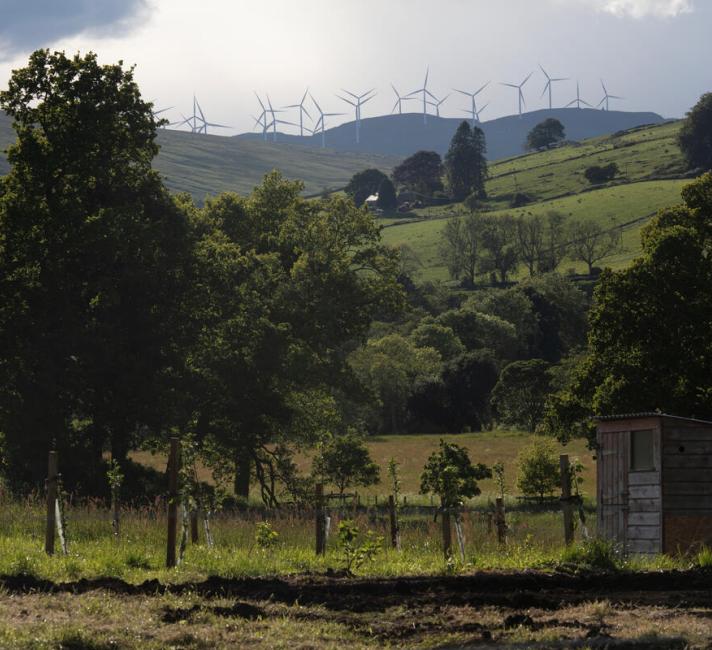 © David Bebber / WWF-UK
© David Bebber / WWF-UK -
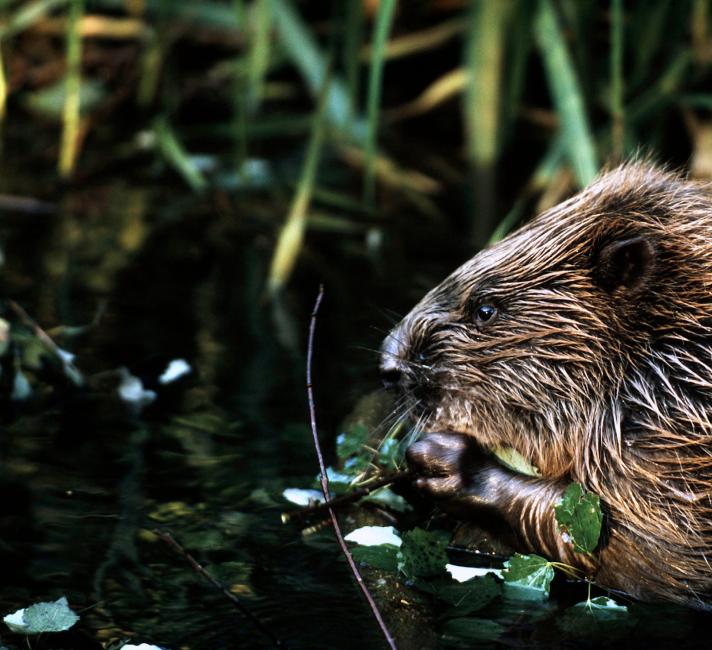 © Chris Martin Bahr / WWF
© Chris Martin Bahr / WWF -
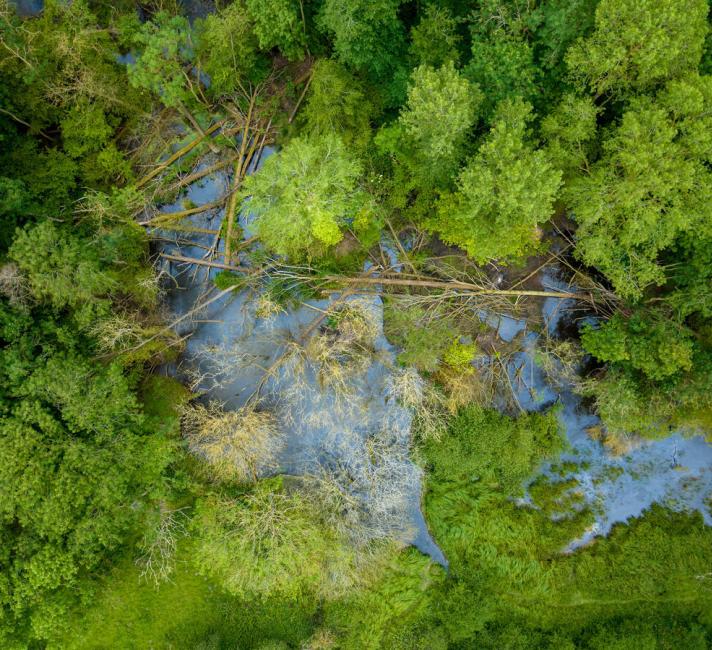 © Joseph Gray / WWF-UK
© Joseph Gray / WWF-UK -
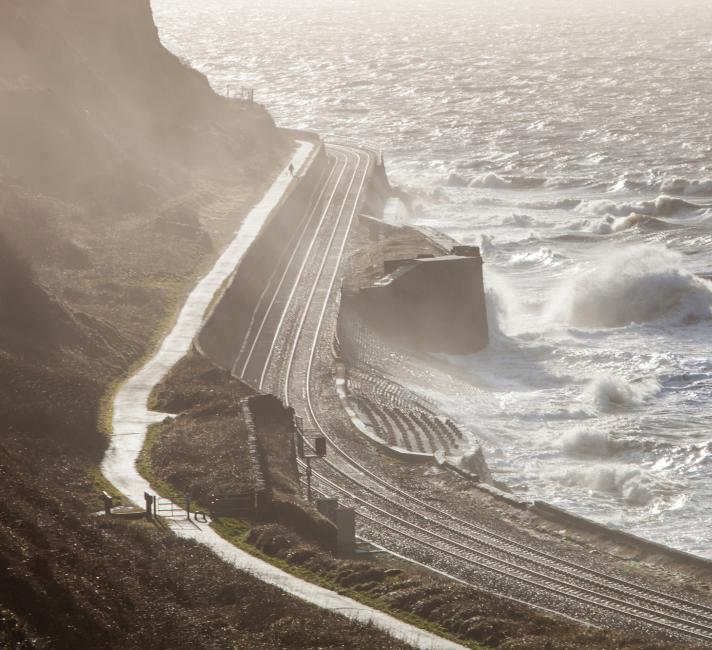 © Global Warming Images / WWF
© Global Warming Images / WWF
Solutions to flooding
-
Climate change mitigation
As the main contributor for the intensifying flooding globally, addressing climate change and limiting warming is crucial. There are more details here on the actions needed for preventing further temperature rise.
-
Better land and water management
By limiting development in flood-prone areas and preserving natural flood buffers such as forests and wetlands, and restoring naturally meandering rivers, land and water management can reduce the number of people and properties at risk from flooding.
-
Nature-based solutions
Nature-based Solutions, such as wetland and mangrove restoration and reforestation, can help regulate water flow and reduce soil erosion. Not only can these solutions manage flood risks, but they also often provide additional benefits like improved biodiversity, reduce greenhouse gas emissions, and socio-economic benefits to the local communities.
For example, WWF-UK has been working with Norfolk Rivers Trust to reintroduce beavers to the rivers of Norfolk, which has proven to be a cost-effective measure to reduce flooding in the area. Beavers build dams that slow water flow and create wetlands that hold excessive water. The success of this project demonstrates how Nature-based Solutions can effectively address flooding while also enhancing biodiversity, improving water quality, and mitigating climate change.
-
Better flood prevention and management
The damage caused by flooding can be significantly reduced by better regulating water flows. This can be done by, for example, improving river management and building Sustainable Urban Drainage Systems (SUDSs). SUDSs such as green roofs and retention ponds can absorb more rainwater. They also often help reduce water pollution and come with additional biodiversity benefits.
-
Flood prediction and early warning systems
Better flood prediction and early warning systems can hugely reduce loss of life and property damage. They allow people to better prepare and, if needed, evacuate. They also enable more effective emergency responses.
Ways to prepare for floods
There are actions that you can take to prepare your home and community better for the next flood:
-
 © Jane Skingley
© Jane SkingleyFlood risk areas
Check if you live in a high flood risk area and consider flood insurance to make sure you are covered. The more you know, the more you can be prepared.
-
 © Bruno Martins / Unsplash
© Bruno Martins / UnsplashDrainage
Ensure proper drainage around your home. If there are particular areas near your home that you notice don't drain away well after heavy rain, it may be worth contacting your local council so they can check that they are working as they should. Consider using permeable materials if you have a driveway or patio.
-
 © Jan Canty / Unsplash
© Jan Canty / UnsplashInstall a rain garden
Consider creating a rain garden, a small area with plants that can hold water, if you have a garden.
-
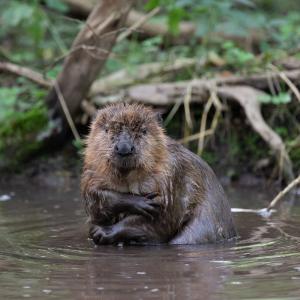 © Jonathan Lewis-Phillips / WWF-UK
© Jonathan Lewis-Phillips / WWF-UKSupport nature-based solutions
Support local policies that use Nature-based Solutions, such as tree planting, green space expansion, SUDSs, and wetland restoration where appropriate.
-
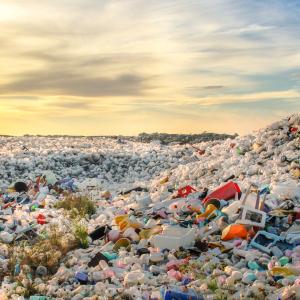 © Shutterstock / Mohamed Abdulraheew / WWF
© Shutterstock / Mohamed Abdulraheew / WWFDon't dump waste
Never dump waste in drains or waterways - besides blocking the waterways and therefore increasing the risk of flooding, this can worsen the water quality, encourage bacteria breeding, and damage the ecosystem.
/
How WWF-UK is helping
WWF-UK are at the forefront of driving changes in policy and legislation, to reduce the UK’s greenhouse gas emissions and ensure that the UK Government is held to account.
Our focus is on the following main areas: climate and energy, agriculture and land use, diets and consumption, and finance.
Find out more about this work below:
-
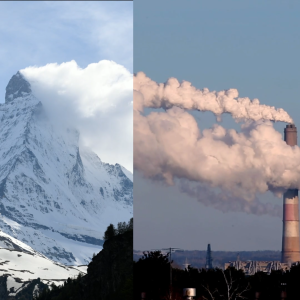 © WWF-UK
© WWF-UKMore Close Our work on climate and energy
WWF-UK have created a Net Zero Delivery Tracker tool, which enables government to understand the impact of its tax and spending choices on the climate and environment, and are advocating for its adoption. Adopting the tool would help ensure that every pound spent helps lay the foundations of a 21st century economy that scales up cheap, clean, British energy, makes households richer and warmer and ensures the UK is a leader in the industries of the future.
We are also championing low carbon energy solutions at homes and jointly calling for ambitious climate action on home decarbonisation from the UK Government and local authorities across the nations of the UK. Find out more about the work with Scottish Power.
Private investment is also crucial to ensuring the transition happens at the required speed and scale. That’s why, alongside a range of businesses and civil society organisations, we’re calling for Government to introduce a Net Zero Investment Plan to gather private investment, giving businesses the policy certainty needed to invest in the UK. That would involve tracking whether enough investment is flowing to help each sector of the economy reach net zero and creating a plan to get it flowing faster in each sector.
Discover the investment plan -
 © Richard Stonehouse
© Richard StonehouseMore Close Our work on diets and consumption
Reducing the impact of our food system requires a change in the way we produce and consume foods. This is no easy feat in a food system which drives us towards less healthy and often unsustainable foods and incentivises forms of farming that harm rather than help nature. WWF-UK’s food work ranges from the heart of the Amazon to the wheatfields of Norfolk, acting as a solutions and actions-focussed voice in the debate about the future of food in this country.
We work to shift the food system towards one where the public is empowered and enabled to choose the best foods for their health and for the planet, and where farmers are properly rewarded for farming with nature, reducing emissions and capturing carbon. We work closely with food businesses to improve their offering, and work within policy development to support transitions from farm to fork to make healthy and sustainable foods more widely available and affordable.
WWF Basket -
 © Shutterstock / Leung Cho Pan / WWF
© Shutterstock / Leung Cho Pan / WWFMore Close Our work on finance
We actively engage with governments, international organisations, civil society and the finance sector to advocate for sustainable finance policy reform and develop the tools and standards to safeguard a sustainable environment.
We work closely with banks, pension funds, asset managers, asset consultants and insurers, as well as thought leaders and other non-profits, on driving more sustainable investments that serve people and the planet.
This is because we see finance as a key lever to influence sustainable outcomes – for instance, through ensuring that financial institutions reduce their impact on the natural world by taking environmental considerations into account in lending and investment decisions, and providing innovative financial mechanisms which protect and encourage sustainable ecosystems.
/
Sources
[1] UK Government website, historic flood warnings, https://environment.data.gov.uk/dataset/88bed270-d465-11e4-8669-f0def148f590
[2] Our World in Data, Global reported natural disasters by type, 1970 to 2024, EM-DAT, CRED / UCLouvain (2024), https://ourworldindata.org/grapher/natural-disasters-by-type
[3] World Bank (2022) Flood risk already affects 1.81 billion people. https://blogs.worldbank.org/en/climatechange/flood-risk-already-affects-181-billion-people-climate-change-and-unplanned
[4] World Bank (2022) Pakistan: Flood Damages and Economic Losses Over USD 30 billion and Reconstruction Needs Over USD 16 billion - New Assessment:https://www.worldbank.org/en/news/press-release/2022/10/28/pakistan-flood-damages-and-economic-losses-over-usd-30-billion-and-reconstruction-needs-over-usd-16-billion-new-assessme
[5] World Bank (2022) Cross-border action on climate disasters is urgent in South Asia:https://blogs.worldbank.org/en/endpovertyinsouthasia/cross-border-action-climate-disasters-urgent-south-asia
[6] Ghimire, R., Ferreira, S. and Dorfman, J.H., 2015. Flood-induced displacement and civil conflict. World Development, 66, pp.614-628. : https://www.sciencedirect.com/science/article/abs/pii/S0305750X14002861
[7] Public Health England (2020) The English National Study of Flooding and Health: Summary of the evidence generated to date.https://assets.publishing.service.gov.uk/media/5e6bb75fd3bf7f2695546ba8/Summary_of_findings_NSFH_January_2020_Final_for_DsPH__3_.pdf
